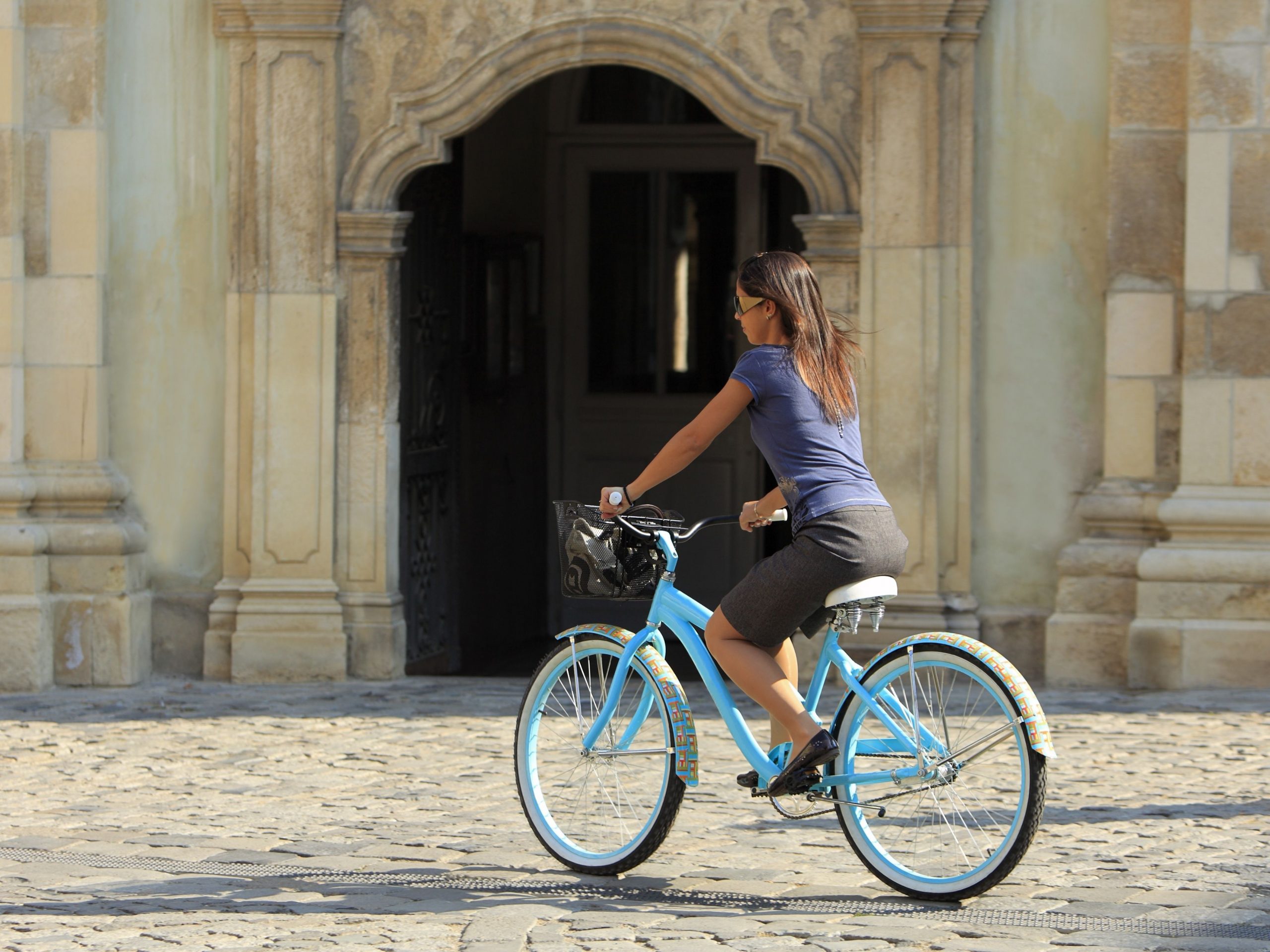Back in the saddle
Making sure you are in the correct position when cycling is a must. We’ve reached that time of year when the days are noticeably longer. It feels about time to dust down the bike. But before you try to harness your inner Geraint Thomas, think about your bike’s set up.
Bad ergonomics on a bike can lead to injuries. It is worth understanding how to adjust your bike in an appropriate manner. One that will allow your body to operate efficiently and effectively.
Let’s find out more.
The correct cycling position – the key pointers
The first thing to consider is the saddle height. To measure this properly you will need one of two things. Either a wall to lean against, or a friend to hold your bike.
In a stationary position sit on the bike. Then extend one leg until it is straight. You’ll need the pedals to be in the 12 O’clock and 6 O’clock positions.
Next, put your heel on the lower pedal whilst keeping the leg straight. With the heel resting gently on the pedal, your hips should be level. If you need to drop one side of your hip to reach the pedal, lower the seat. If the straight leg is pushing you out of the seat, raise the seat accordingly.
In addition to saddle height, you need to consider saddle position. In other words, you need to establish how far forward or back to position the saddle on its rail. This time you will need to put the pedals into a horizontal position. This means one pedal at the 9 O’clock position and the other at 3 O’clock.
The idea is to have the front knee sitting directly over the pedal axle in this horizontal position. This will maximise your efficiency and comfort on the bike.
Once the saddle is the right height and position there is one more thing to check. Put your hands on the drop of the handle-bars. In this position, you are looking to have the front hub directly below the handlebar in your eye-line.
Correcting additional aspects of your cycle position
If you use cleats, then getting them properly aligned is vital. Even on a short journey, you will be rotating the pedals many thousands of times. If your contact with the pedals is wrong, it can throw out the natural functional angles of the joints. This can lead to pain and injury; especially to the ankles, knees and hips.
As a starting point, try to have the cleat at a straight angle and in-line with the ball of your feet. Try riding for a while and see if you can sense any tension. You can always re-adjust the angle of the cleat if necessary.
The goal is for your knee to point directly forward. If the cleat position is forcing your knee to turn in or out, it could lead to problems.
There are other things you can do for added comfort as well. You can double wrap your handlebar tape to stop excessive vibration if you are riding on a bumpy or long route. And finally, you can tilt your seat position slightly downward if it is causing pressure in a sensitive area!
Whatever you do, take the set up of your bike seriously. A little time spent in preparation can save a lot of aggravation further down the line.
We hope this information is useful for you. If you have any questions about our treatments, please contact us. You can find us in Mill Hill Broadway and Islington. If you like this blog, please share!
We are always happy to help.




